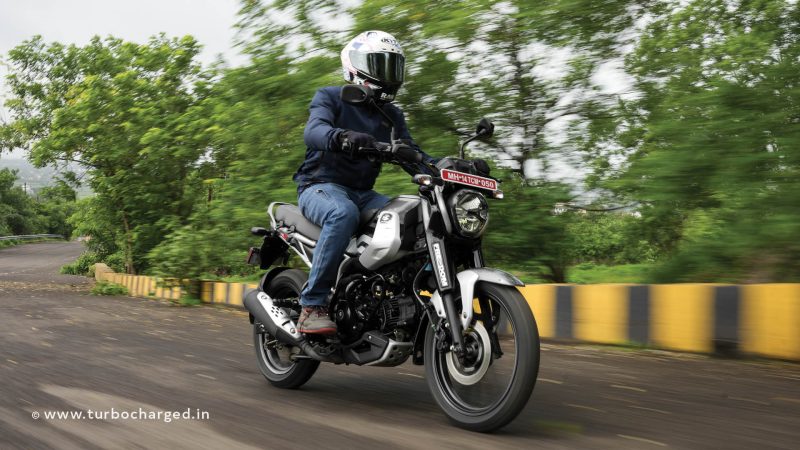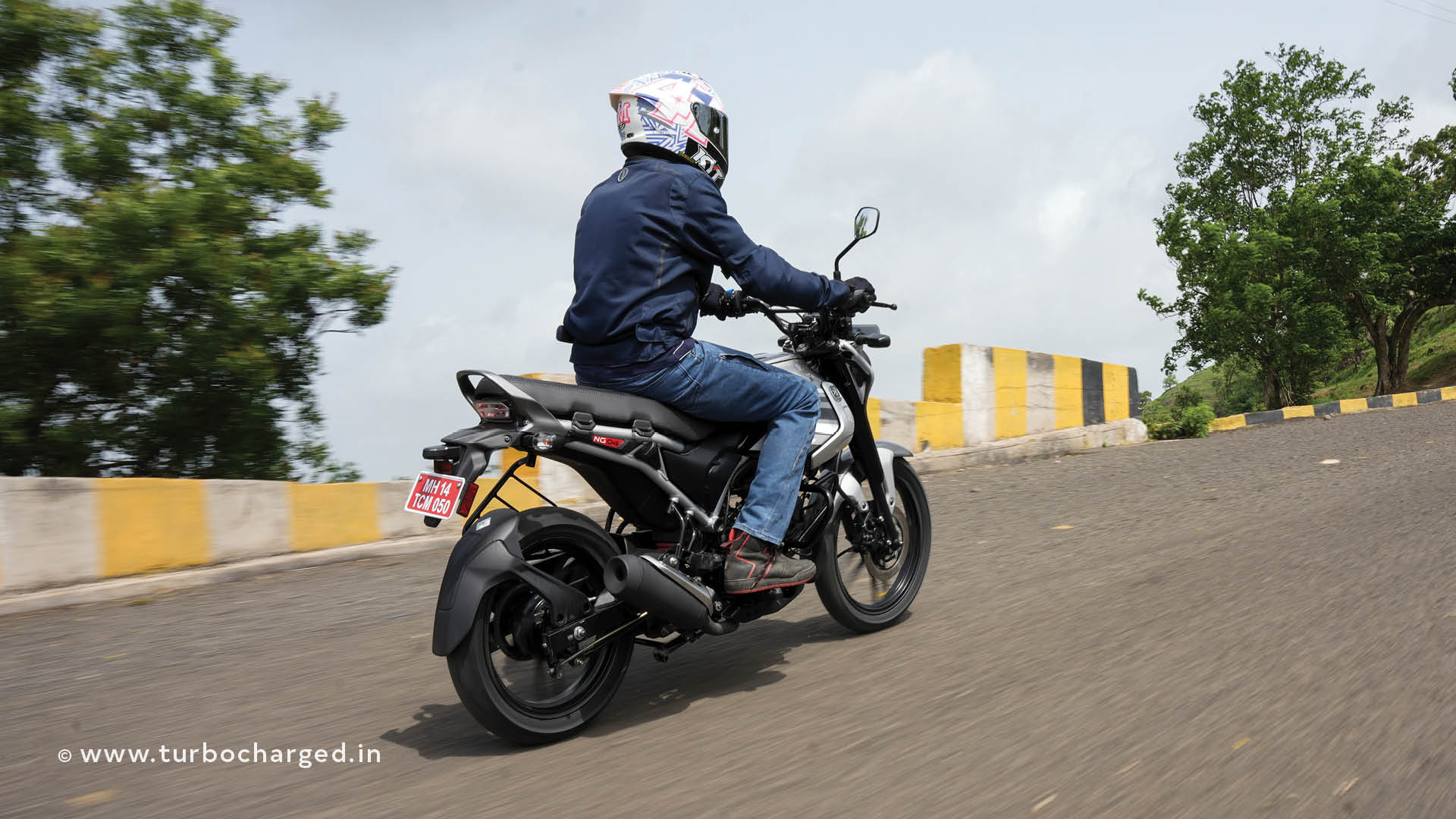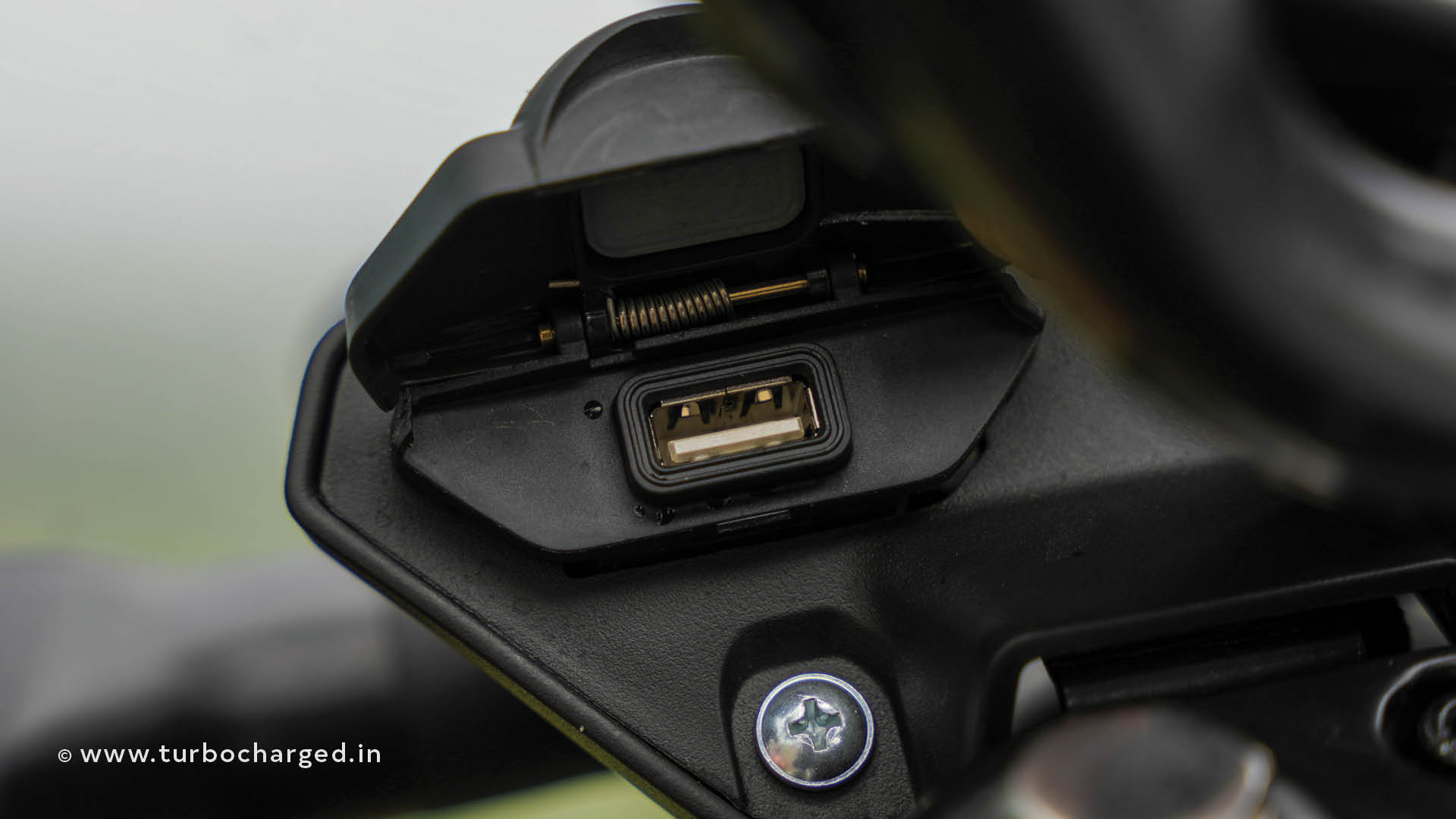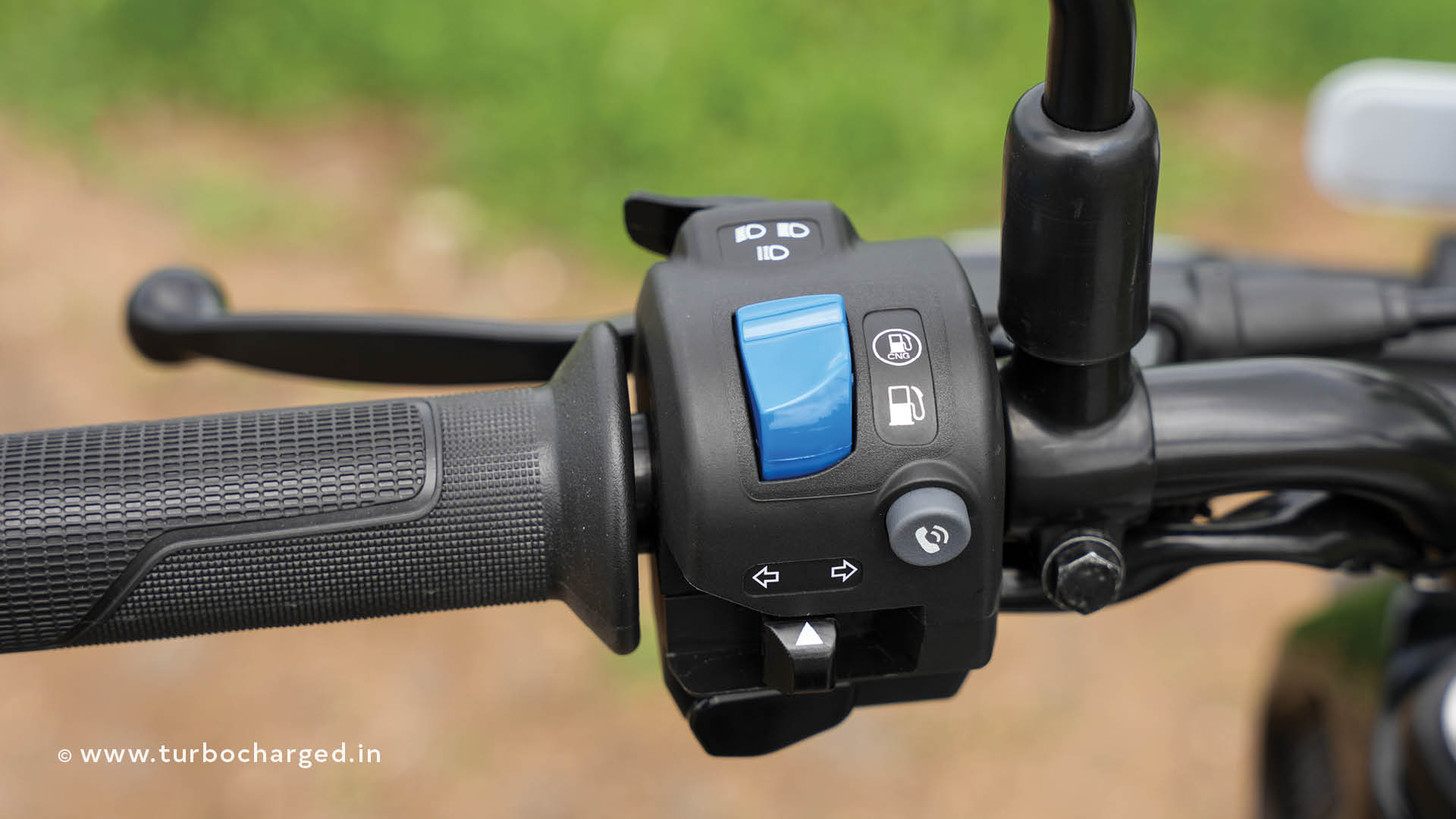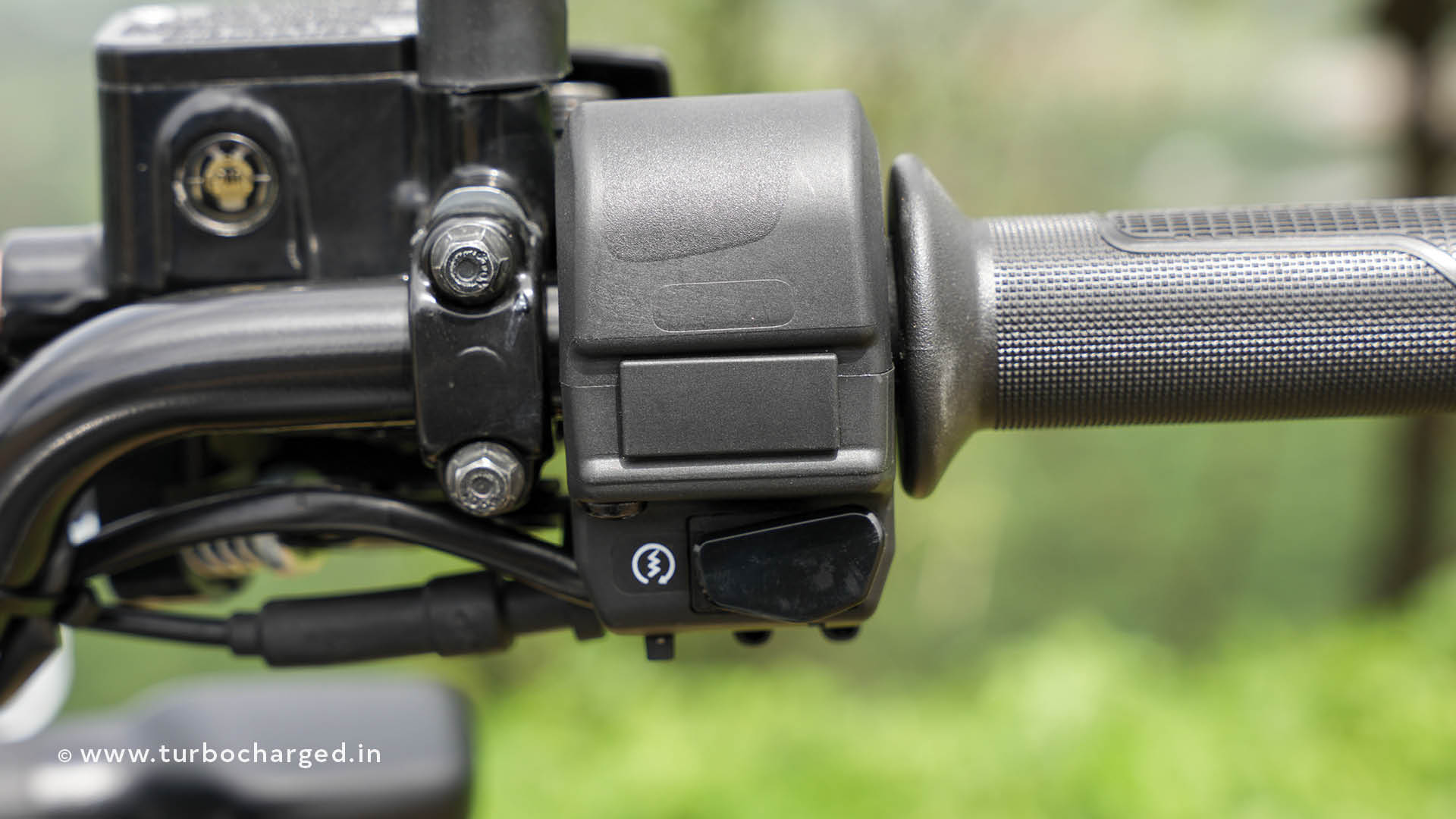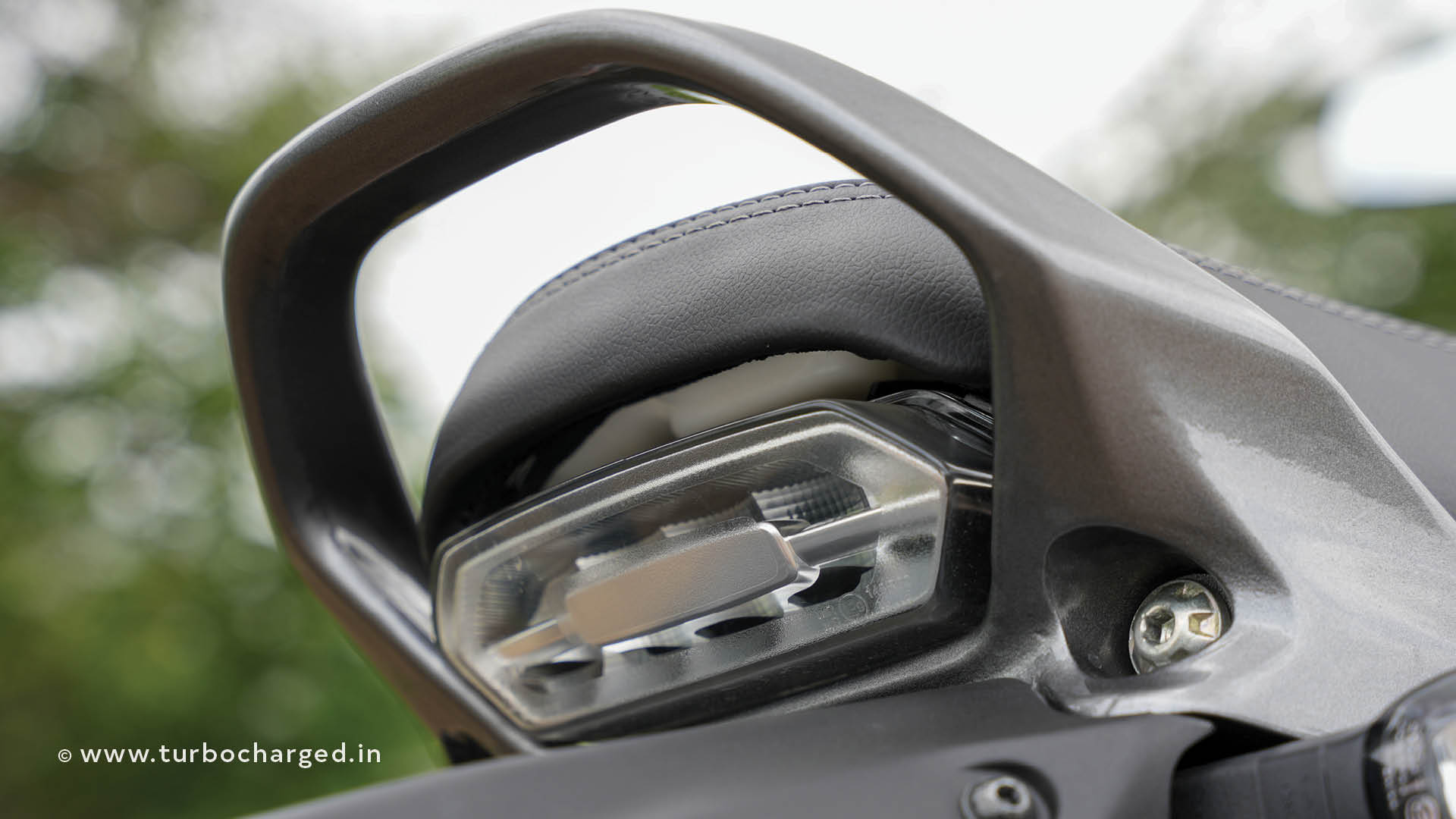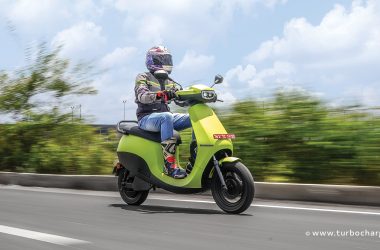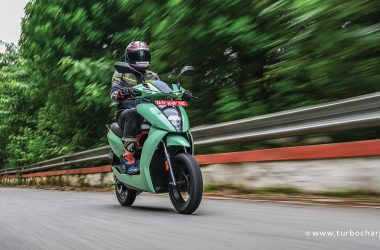We have all thought about CNG two-wheelers at some point in time. I admit, I have and
at no point in my daydreams did I imagine a CNG motorcycle to look like the Bajaj
Freedom. With the Freedom, Bajaj has stepped into the unknown – it’s the world’s first
CNG motorcycle after all. However, Bajaj has ventured fully prepared. The Freedom is
not a hack job, a petrol motorcycle modified to run on CNG. It’s a properly conceived
and built-from-the-ground-up CNG motorcycle. How is it to ride and more importantly
how different is the two-wheeled CNG ecosystem from what we are used to? Let’s start
with the design first.
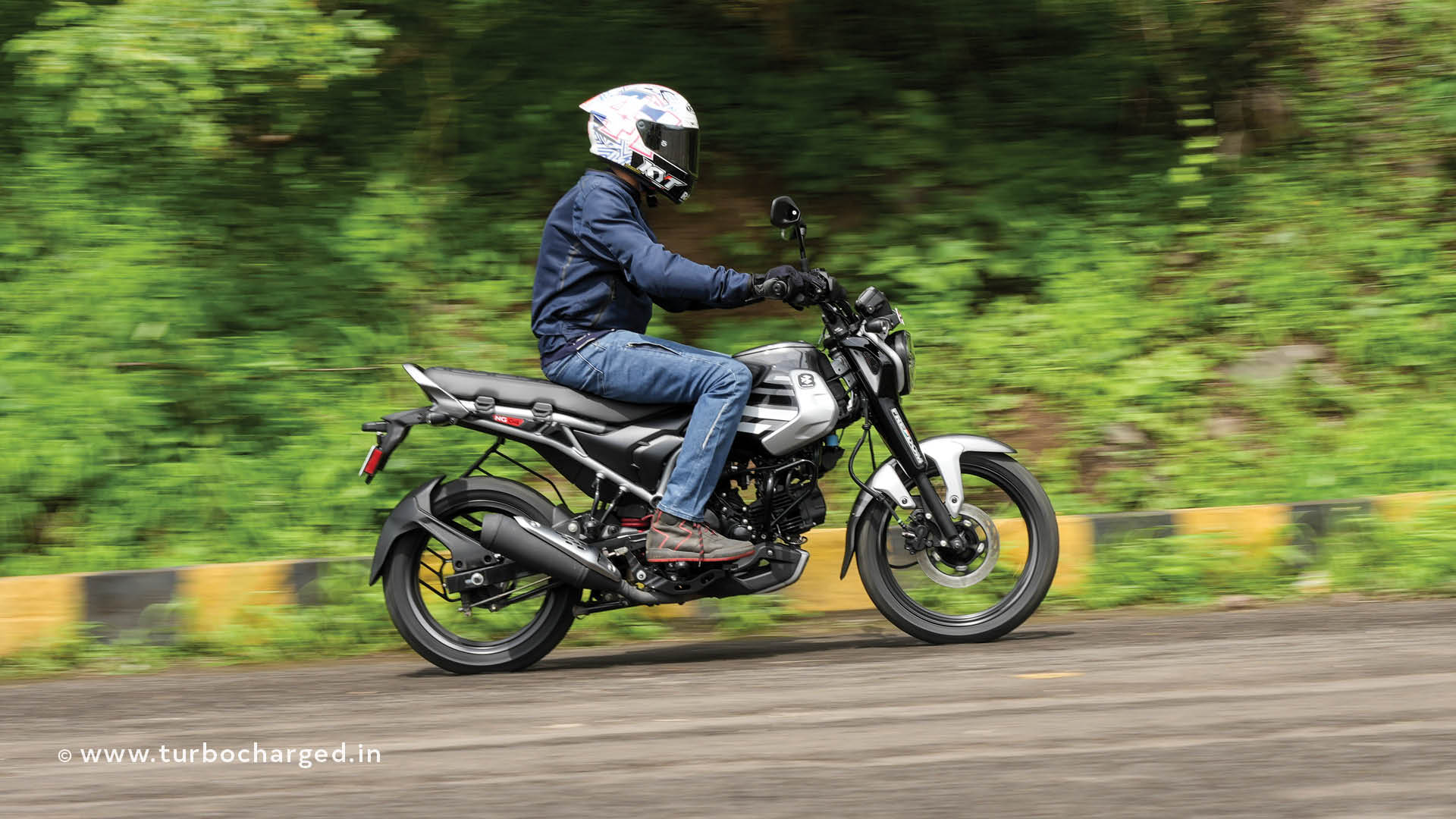
It’s quite difficult to design a motorcycle around a lozenge-shaped CNG tank whose
shape cannot be changed because, well, physics! Bajaj has done a fantastic job with
the Freedom’s design. Not only is it compact and conventionally shaped, but the CNG
tank is so well-hidden within the frame that it looks like a good-looking 125cc
motorcycle. In case you are wondering, the CNG fuel tank is nestled under the seat
flanked by the trellis frame and just behind the petrol tank. Design-wise the Freedom
gets some cool touches like a shroud over the forks, a trellis frame which is segment-
first; and an underseat plastic engine guard. Another highlight is the long seat, the
longest in its segment. While some customers would end up taking four people onboard
with ease, the long seat should comfortably serve people carrying backpacks with
enough space to spare.
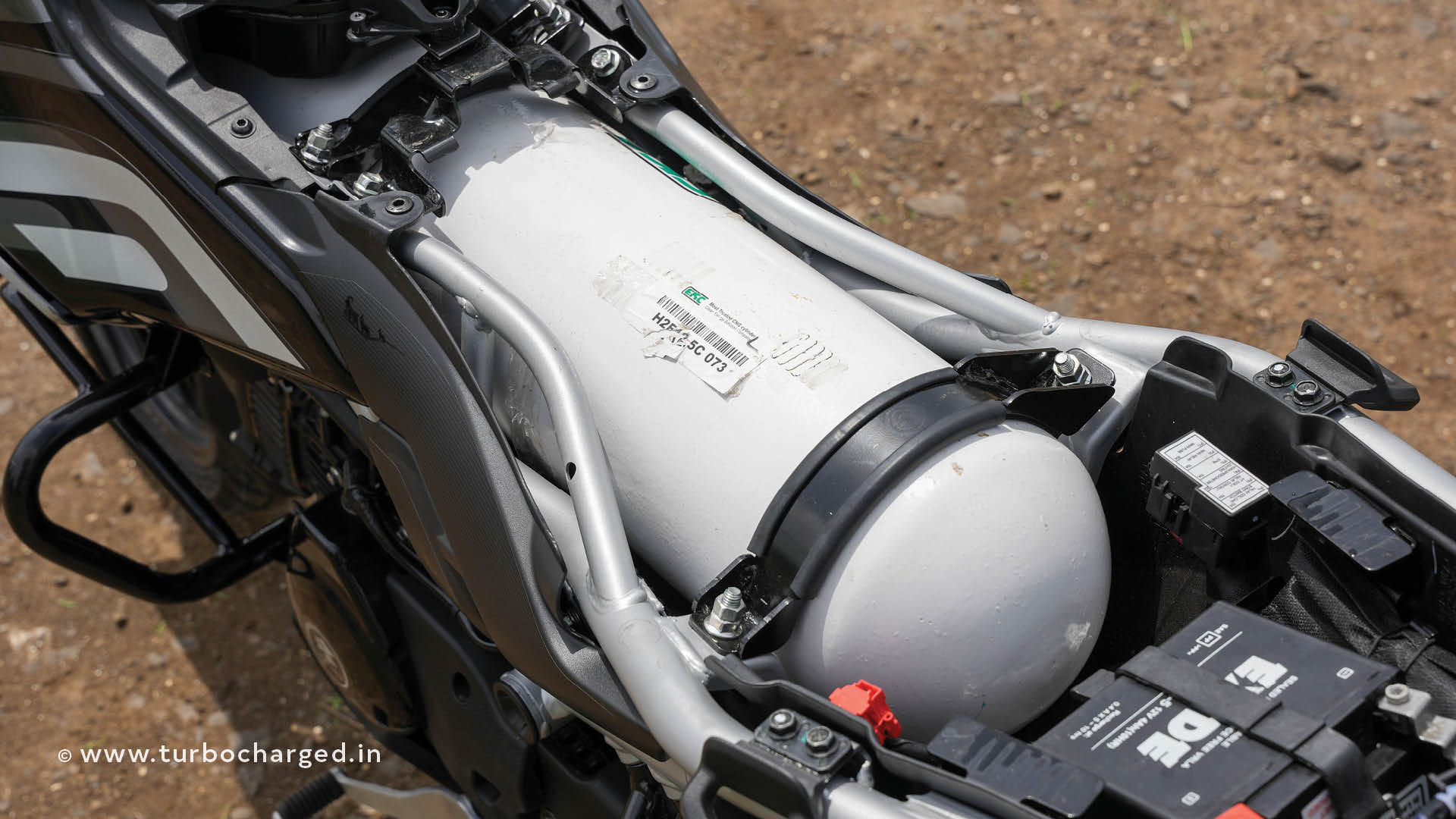
One of the biggest questions surrounding CNG vehicles is their safety, especially that of
the fuel tank. Bajaj has ensured that the Freedom not only passes the government-
mandated safety tests but also front and side impact crash tests without rupturing the
fuel tank. The bikemaker even had a 10-tonne truck roll over the motorcycle and the
mangled mess still had the CNG tank intact with not even a leak.
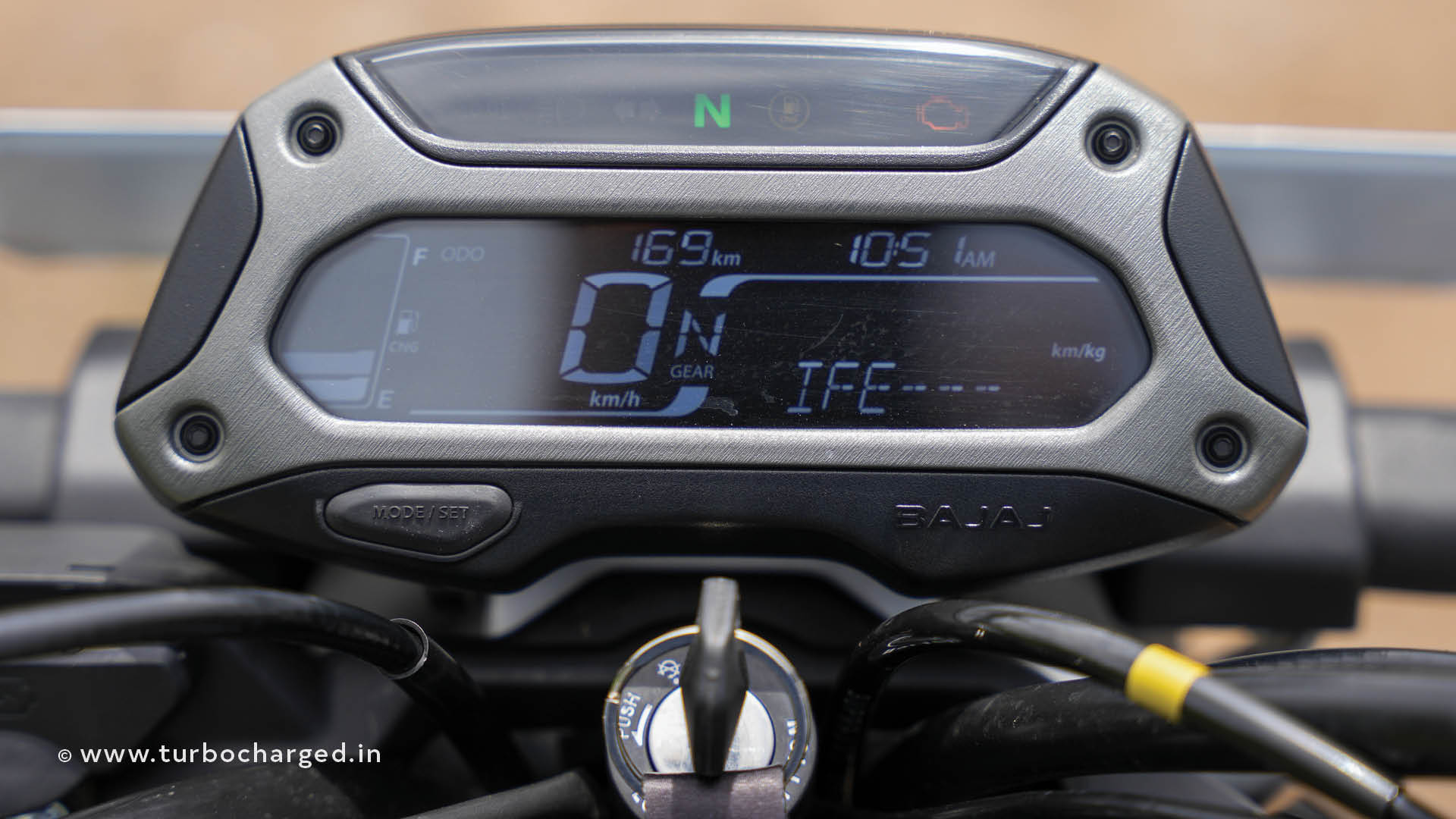
Features include an LED headlamp (on the top model), an LED tail lamp, Bluetooth
connectivity (for the top model) and a digital console which displays basic information.
Interestingly, the fuel gauge only shows the CNG level and not that of the petrol tank.
Bajaj’s reasoning for this is that the small petrol tank is designed for you to reach the
CNG pump and not be your primary fuel for propulsion. The motorcycle also gets a
switch on the handlebar to toggle through CNG and petrol mode. Fit and finish levels
are quite good and overall the motorcycle feels solidly built.
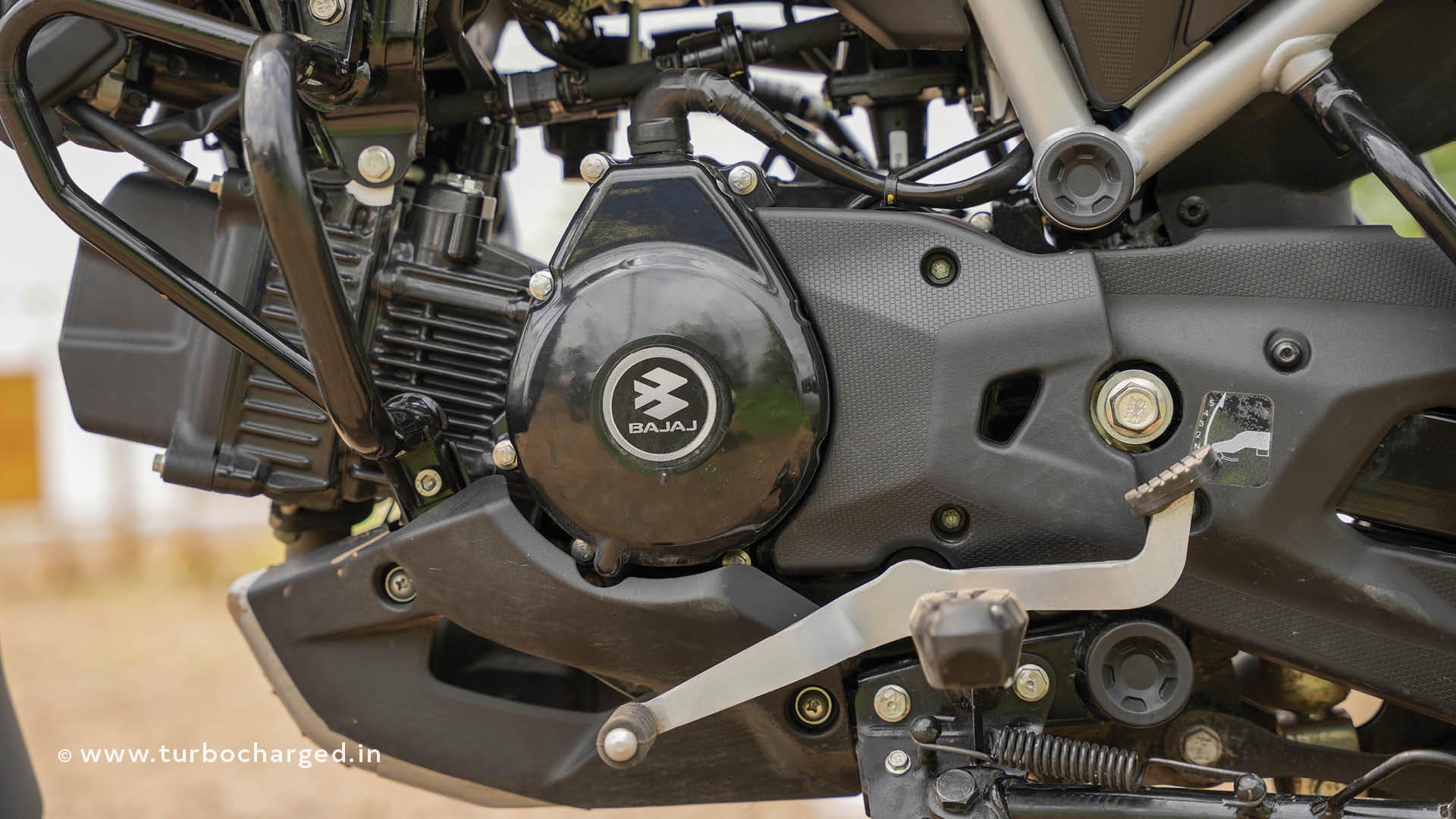
The motor is a horizontally mounted air-cooled single-cylinder unit designed to burn
CNG fuel efficiently. The 125cc motor delivers 9.5PS and 9.7Nm. We did expect these
numbers to be low as traditionally, CNG-equipped vehicles deliver lower performance
than other fossil-fuel-powered ones given the low calorific value of CNG. That said,
between burning CNG fuel and a higher 149kg kerb weight (owing to the 18kg
additional weight of the CNG cylinder), performance is acceptable. The motorcycle with
easily keep up speeds of 60kmph (top speed is around 90kmph), so it will take some
time to get there. Also, you might have to downshift often when riding with an extra load
climbing a steep incline, or simply switching from CNG to petrol mode which can be
done on the fly.
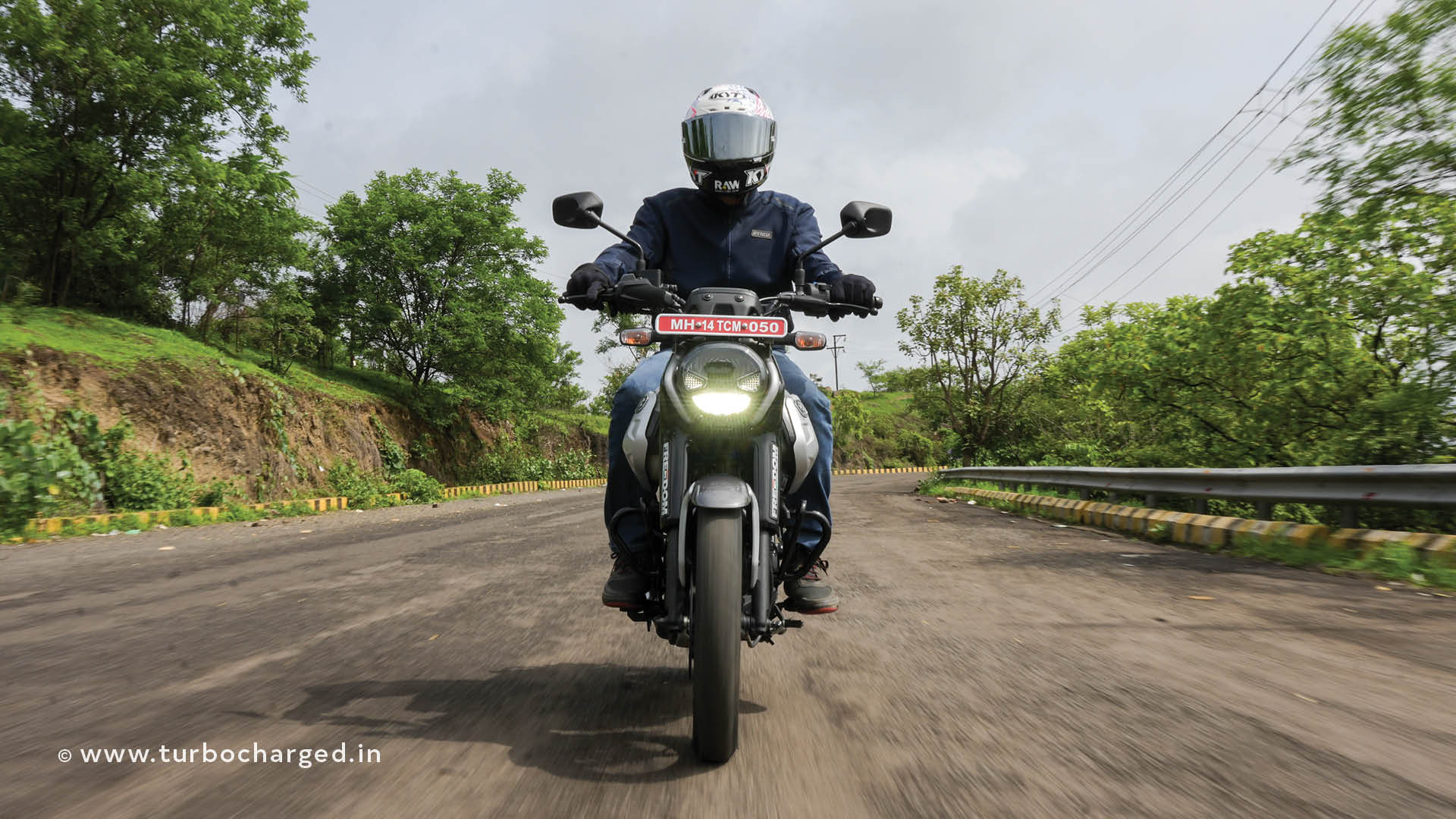
The flip side is the outrageously low running costs. We received a range of 210km on a
tankful (1.93kg) of CNG translating to a fuel efficiency of close to 109km/kg. That’s quite
economical considering one kg of CNG is priced at Rs 89, especially when compared to
the Rs 104 per litre you pay for petrol (both fuel prices in Pune). A caveat though, the
fuel efficiency numbers will vary as it depends on the amount of CNG you are able to fill
in the fuel tank. Also, this filling pressure varies from pump to pump and even the time
of the day and temperature.
As for range, the 2-litre fuel tank offers a range of around 210km while the 2-litre petrol
tank adds another 100km (considering around 50kmpl in petrol mode), totalling to
around 310km. While this range does mean frequenting CNG pumps often, it’s a small
price to pay for the massive savings.
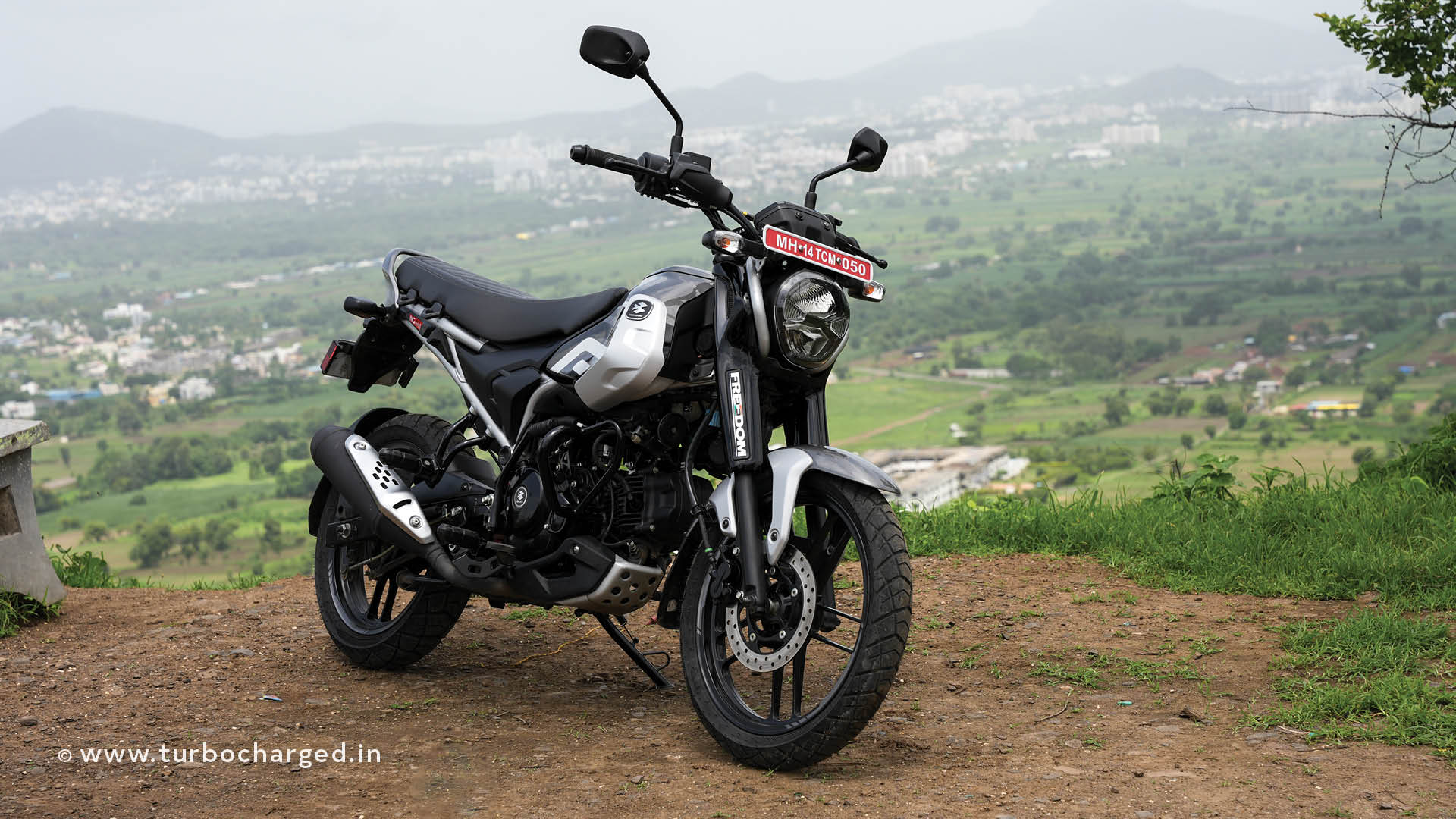
CNG bit aside, the Freedom rides and handles like a conventional motorcycle albeit with
some small changes. Owing to the CNG tank placed underneath, seat height is a high
825mm but should be manageable for most average-height riders. The riding position is
upright and comfortable with ample leverage from the wide handlebar. Compared to
other 125cc motorcycles that offer a plush ride, the Freedom has a slightly firmed-up
suspension to compensate for the extra cylinder’s weight. That said, the suspension is
pliant enough to offer a comfortable ride and gets better with a pillion.
The CNG fuel tank placed higher up also means the Freedom has a bit of top-heaviness
and isn’t exactly a sporty handler. It does impress with its stability despite having a small
footprint and is quite nimble to ride in the city. The top variant gets a front disc option
which offers good bite and retardation.
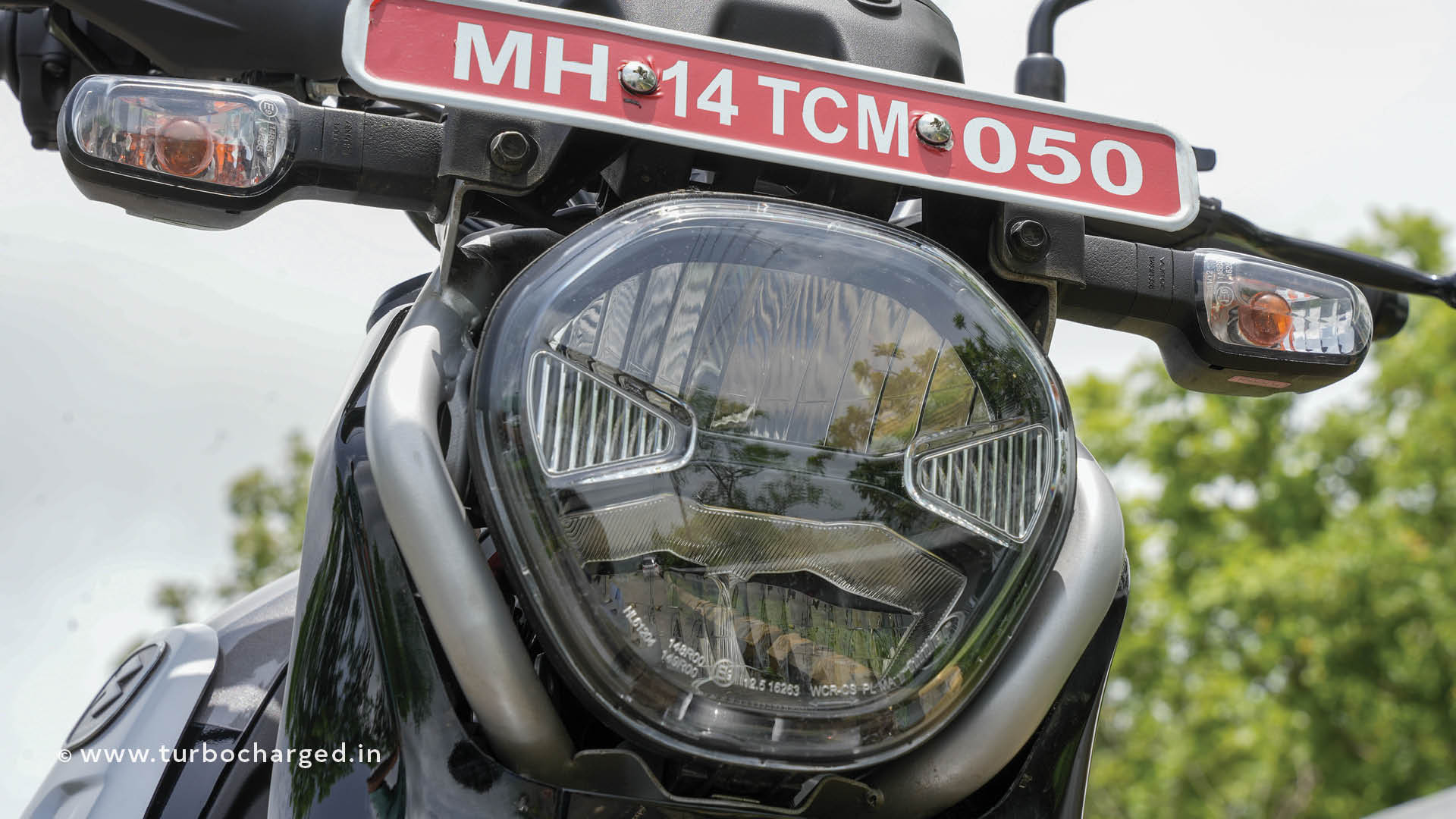
Prices for the Bajaj Freedom start at Rs 95,000 going upto Rs 1.10 lakh (both prices ex-
showroom). That makes the Freedom not only economical to ride but quite affordable to
buy as well. Of course, there are a lot of questions like the number of CNG pumps given
the long lines of rickshaws and cars we see there. Or the two-year CNG tank safety
recertification (Bajaj promised it would assist its customers with this). While these are
constantly evolving processes, the first step has been taken with the launch of a proper
CNG motorcycle and the future seems bright for CNG two-wheelers.





